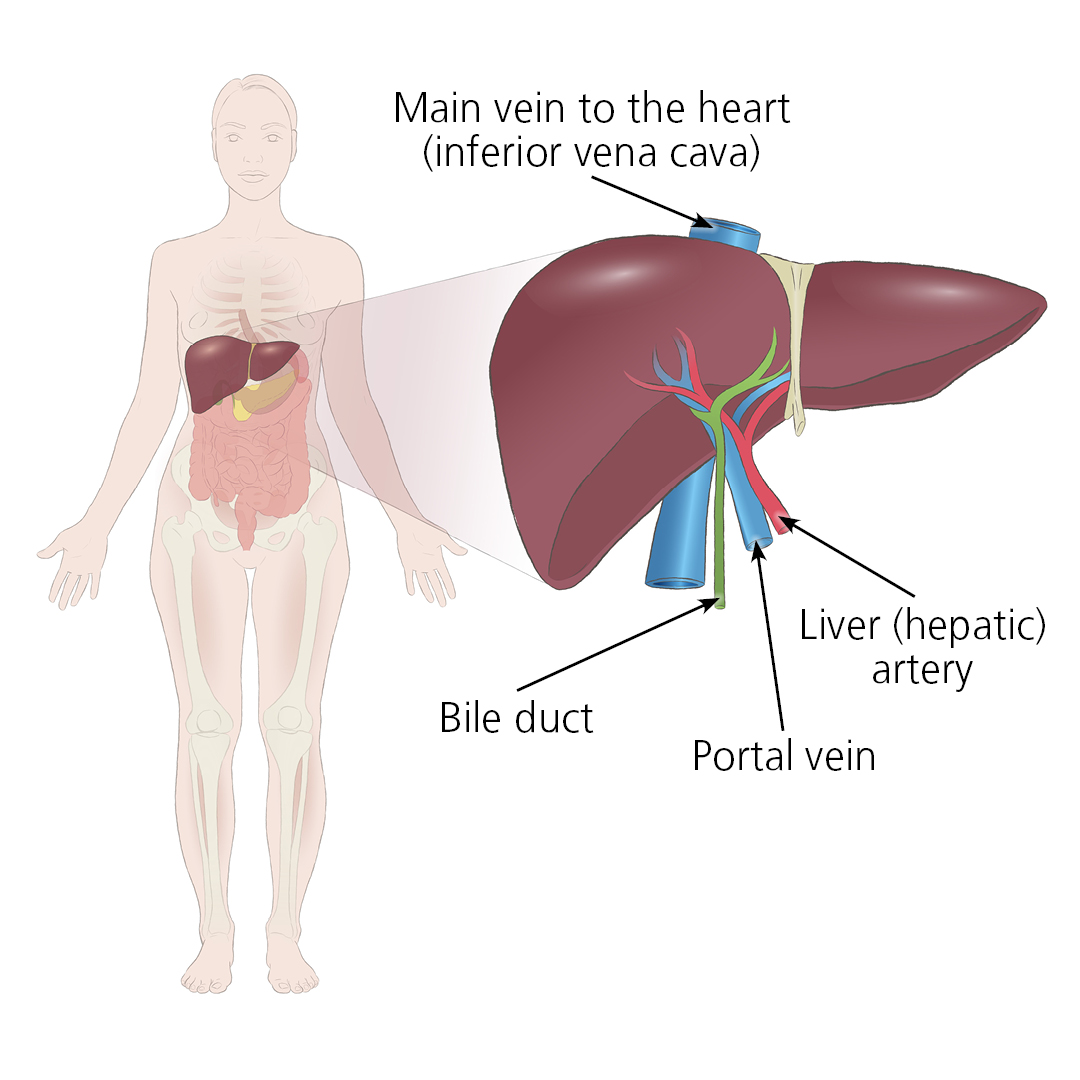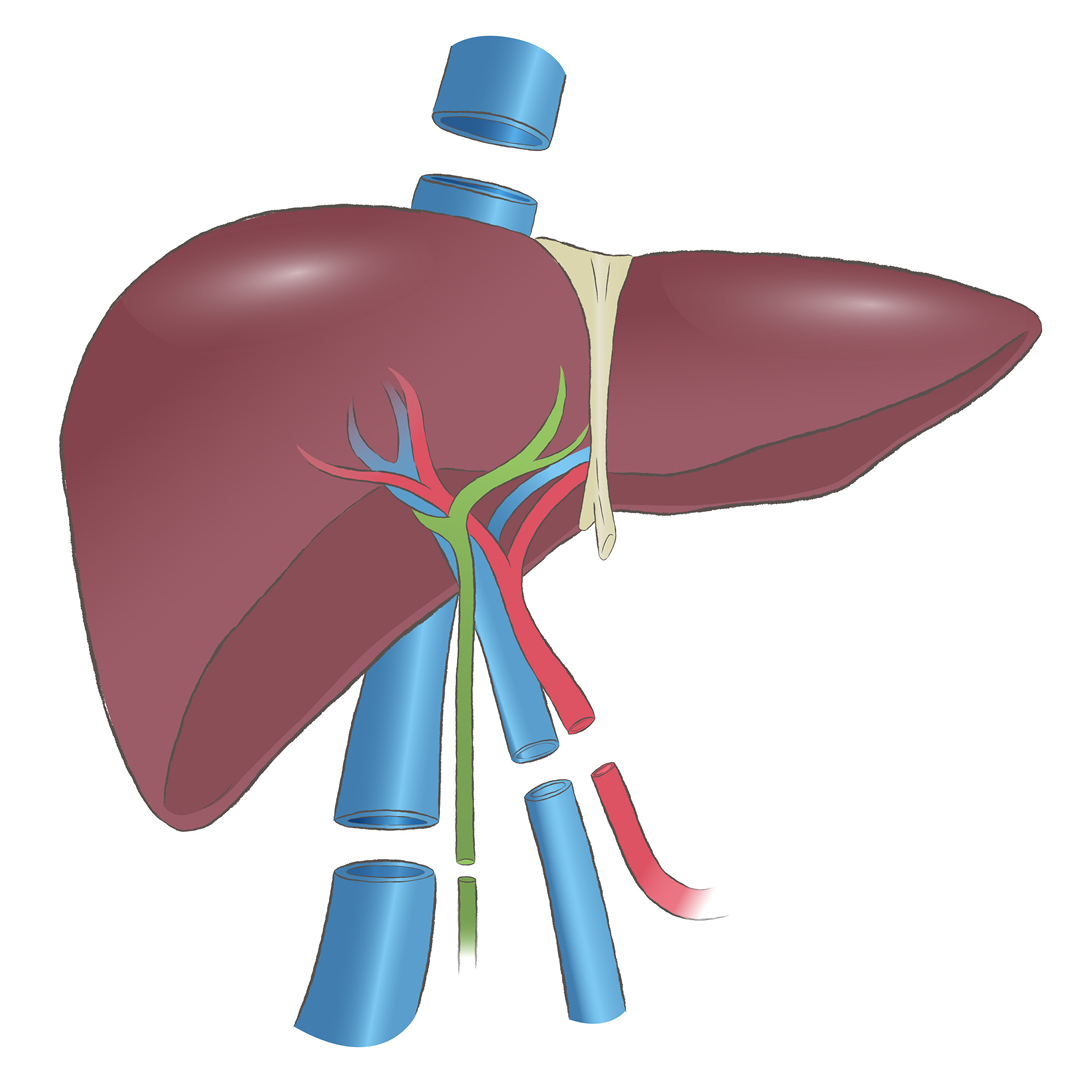Liver transplant surgery
Find out what happens during the transplant operation
Key points
- You will be put to sleep under a general anaesthetic while the transplant takes place
- The surgery will take between 5-8 hours
- Your diseased liver is removed and the donated liver will be transplanted into the same place
- The operation can be divided into two stages – removing your damaged liver and transplanting the donor liver
How is liver transplant surgery performed?
A donor liver is transplanted in the same place as your own liver. This involves the removal of the diseased liver and replacement with the donated liver.
The operation time varies depending on complexity of the procedure. It is often between 5-8 hours.
The medical name for the procedure is an ‘Orthotopic Liver Transplant’. It can be divided into two main stages:
How it works
Where the liver is in the body
Your liver is positioned on the right side of the tummy (abdomen). The left side of the liver is above the stomach, the right side is above the small and large intestines.

Connecting a donor liver
A donor liver is transplanted in the same place as your own liver. It connects to your body via the main vein to the heart (inferior vena cava), the bile duct, portal vein and liver (hepatic) artery.

Close up of a liver transplant
This shows a close up view of a liver transplant. Your surgeon will carefully join the donor liver's arteries, veins and bile duct with yours during the transplant operation.

Some things that will happen during liver transplant surgery
Possible complications of the surgery
More information
Related content
Medical terms explained
Biopsy
This is when a very small piece of tissue is taken for analysis. It is used to diagnose rejection.


